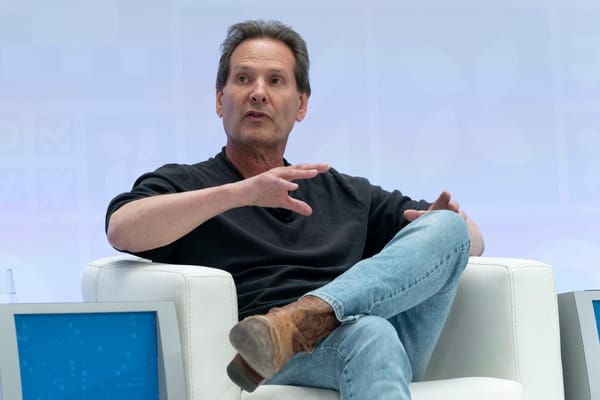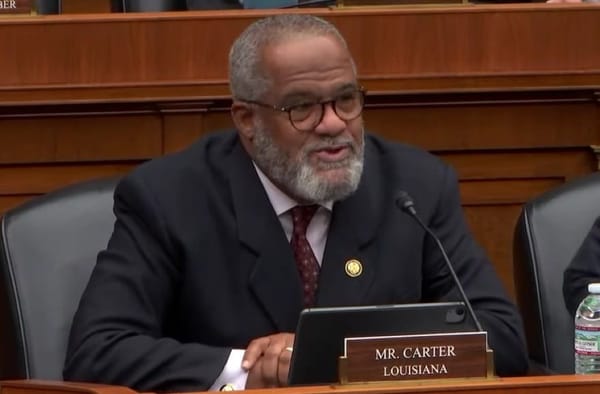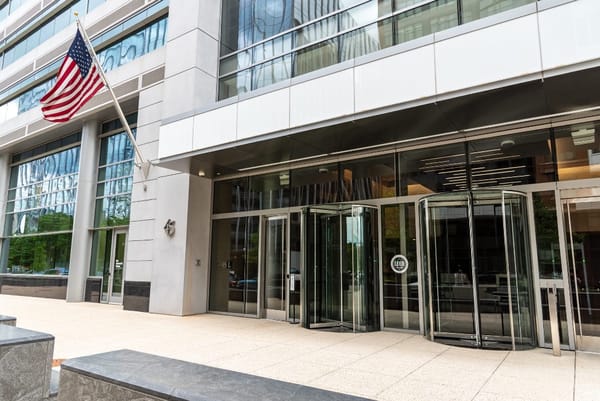Connected Texas Previews New Mapping Utility
WASHINGTON, June 17, 2010 – Connected Texas, a subsidiary of the national group Connected Nation, held a web conference today to give a demonstration of its new broadband mapping technology. The conference was hosted by Connected Texas Staff Member Wes Kerr, who walked the audience through the demon
WASHINGTON, June 17, 2010 – Connected Texas, a subsidiary of the national group Connected Nation, held a web conference today to give a demonstration of its new broadband mapping technology. The conference was hosted by Connected Texas Staff Member Wes Kerr, who walked the audience through the demonstration, and fielded questions once it had concluded.
Prior to Kerr’s demonstration, the group presented statistics on Texas’s usage of broadband technology, explaining that the adoption rate of broadband in Texas was only 62%. The reason for this is twofold; according to the group spokespeople, many Texans either don’t view the internet as a relevant tool in their daily lives, or can’t afford to even own a computer, let alone high-speed internet access.
Once this brief primer had been concluded, Kerr began his presentation. The mapping program, titled the “Texas Broadband Map,” enables customers, governmental entities and providers to scope out areas where not only broadband, but also wireless, cable and other forms of internet connectivity, are provided throughout Texas. Based on information received from over 138 providers, the program divides the state into geographic “blocks,” each of which contains a certain number of households, with detailed connectivity information for each block. Users can select from a drop-down menu of various types of coverage to see how and where these types of coverage are provided within the state. Pursuant to the recent development of community broadband providers, the map also includes information on broadband connectivity hubs yet-to-be completed by their providers, which are marked with the RSS logo.
Further information can be access by clicking through a menu within the various blocks. For instance, aside from the number of households, blocks also are indexed by total population, population with service and rural vs urban status. The mapping program is continually updated with information from providers, who are given the option of sending information through a link within the program, thus enabling up-to-date information to be stored.









Member discussion